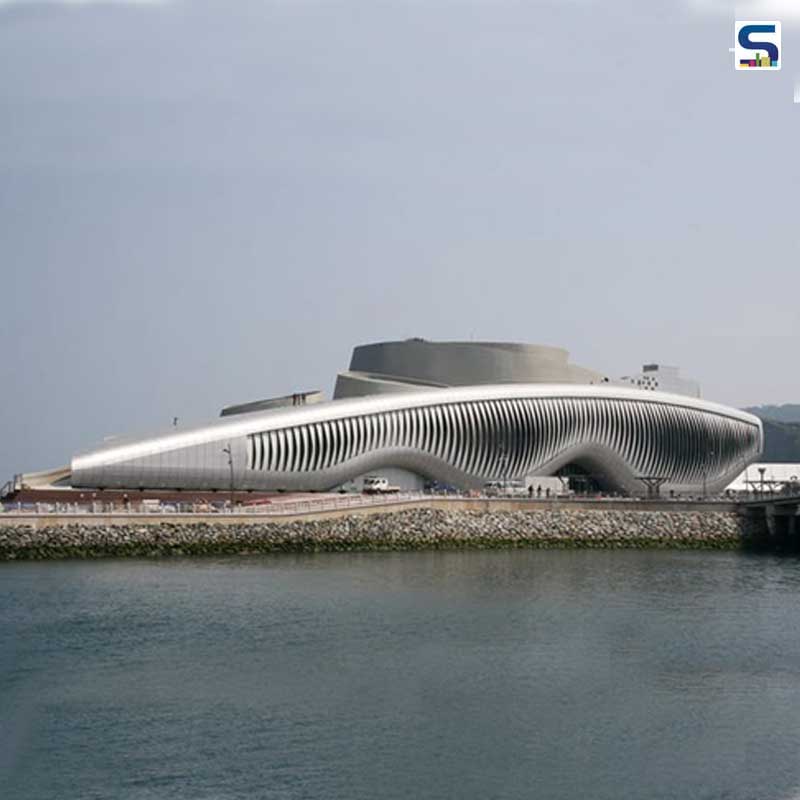
FRP or Fibre-reinforced plastic and ACP or Aluminium Composite Panels are two materials that are in increasing demand these days. The popularity can be attributed to the superior qualities of these two materials. If you are confused about which one is better to use, we at Surfaces Reporters(SR) have got you covered in this article. Read to know more.
Composition of ACP and FRP
Fiber-reinforced plastic is a composite material that comprises a polymer matrix reinforced with fibers.FRP has been applied widely in aerospace, automotive and marine industries. They have significant advantages over conventional materials such as lighter weight and superior performance. The composites have large and complex structures that are made by a proper winding of raw composite components.ACPs on the other hand are composed of two aluminum sheets with an inner thermoplastic base core that can hold a mineral charge.ACPs are specially designed for new construction ventilated facades as well as for renovation or rehabilitation.ACPs are commonly utilized in ventilated facades.ACPs exhibit exceptional stability, flexibility, durability, and versatility and are lightweight. Aluminum Composite Panels have the ideal ratio of strength and weight, low maintenance, and durability.
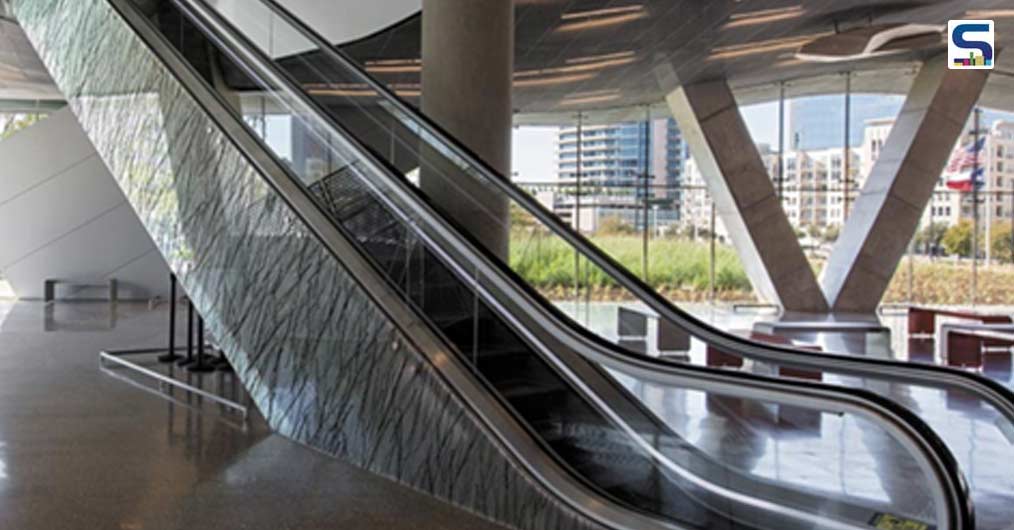
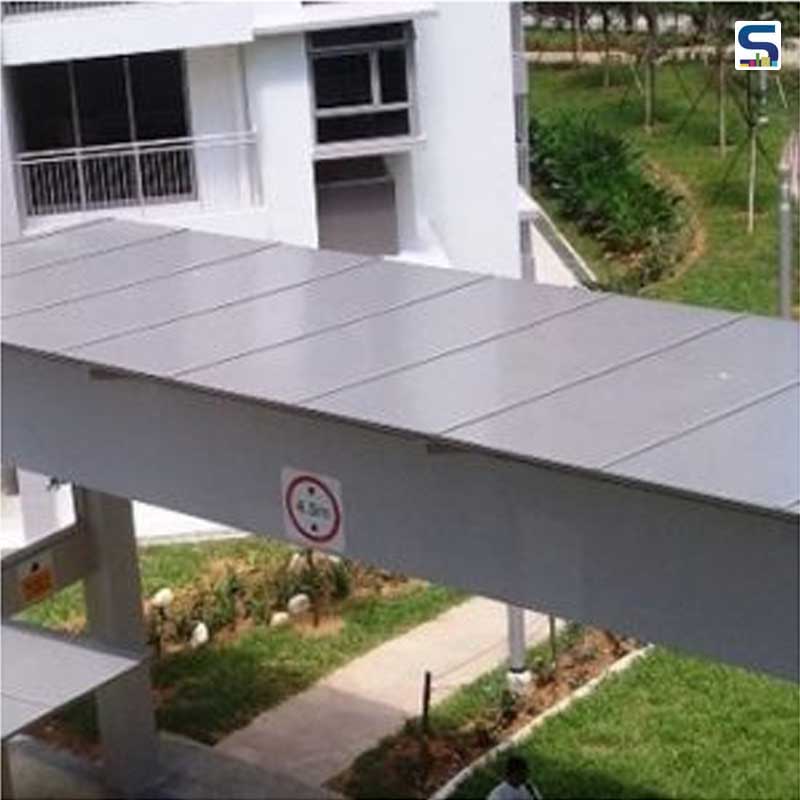
FRP Panels VS Aluminium Composite Panels
Corrosion and resistance
One of the essential properties of materials that are to be used for constructing buildings is their ability to withstand various chemicals and weather conditions. Aluminum is highly resistant to corrosion in air and water even to seawater. Aluminum develops a protective layer around itself to avoid further oxidation. This oxide layer is impermeable and can repair itself again. The layer can stay stable in a pH range of 4-9.
FRP is similarly resistant to a broader range of chemicals and is resistant to moisture or immersion in water. It is the ideal choice for a protective covering for surfaces where there are chances for chemical spillages. In ACP and FRP panels, both offer resistance to water and air, but FRP has better corrosion resistance in a wide range of chemical applications. With FRPs the resistance can be enhanced by modifying design specifications.ACPs have a corrosion limitation when it comes to pitting corrosion. This means that in the presence of electrolytes in dissolved salts, usually chlorides ACPs are susceptible to corrosion but FRPs are not susceptible.
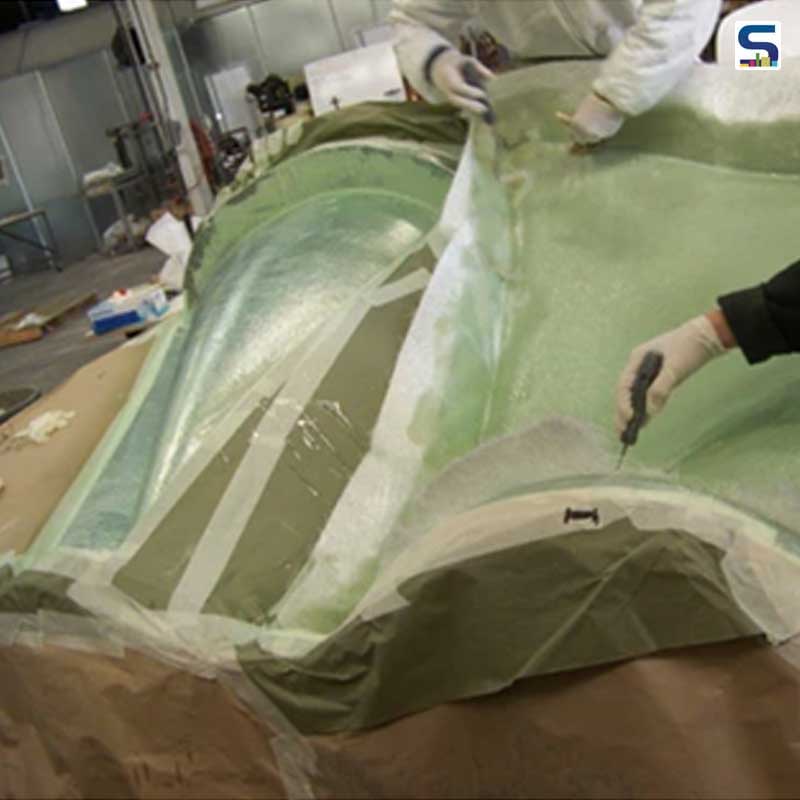
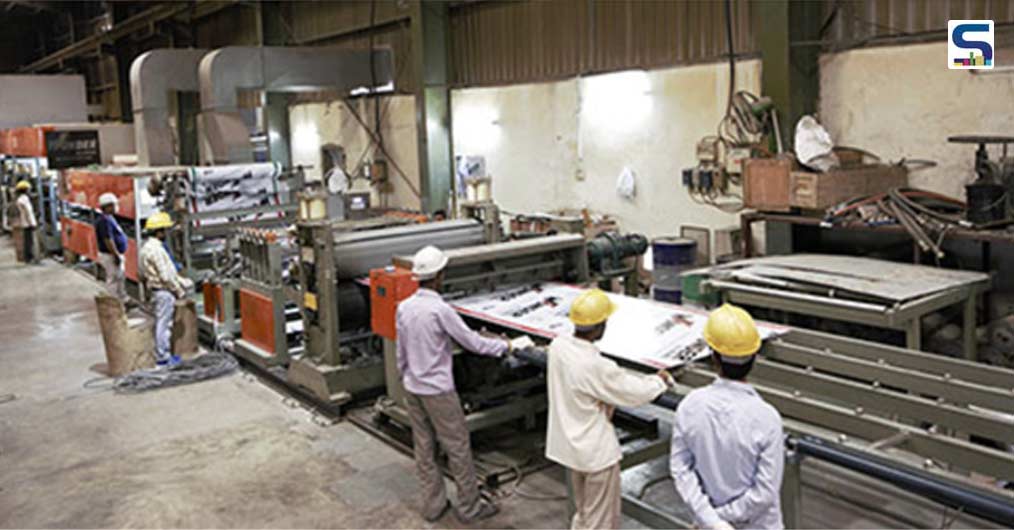
Compatibility
ACPs cannot be used freely with materials that contain hydrochloric acid or sulfuric acid. This is due to the incompatibility of Aluminium with the chemicals. The same goes with materials such as those that contain chlorine, sodium hypochlorite, and ferric chloride. Since these materials are commonly used in wastewater treatment plants, FRP is the preferred choice in these cases. The reason is that FRPs have excellent corrosion properties for organic and inorganic compounds, in alkaline and acidic environments.
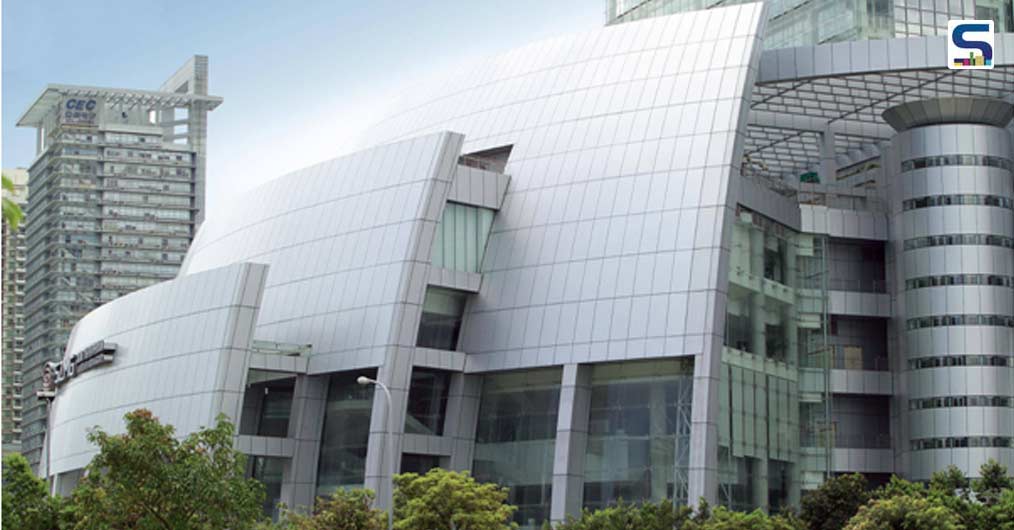
Structural property limits
Fatigue limit or fatigue strength is another important aspect that engineers need to consider while choosing the material. Both of the materials have exceptional fatigue strength. Aluminum too has no defined fatigue limit but fatigue eventually occurs. Although ACPs are designed to combat such problems, FRPs score slightly better here. Fibre plastics do not creep and have exceptional dimensional stability.
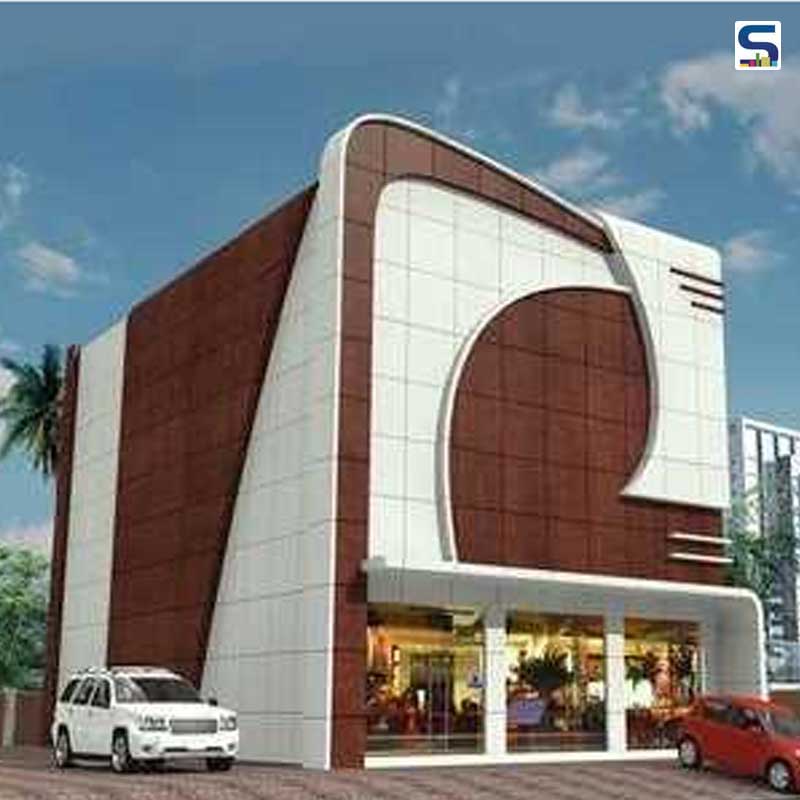
Thermal Properties
FRP is a good insulator that offers low thermal conductivity. It is suitable for all temperatures including humid, swampy conditions. Even ACPs are suitable in most weather conditions. The most important use of ACPs is in the ventilated facades. The structure allows the creation of the chimney effect. Chimney generates a continuous ventilation chamber that maintains a stable temperature resulting in greater energy efficiency compared to more conventional systems. Such complexes are cool during summers and warm during winters. This happens by circulating and preserving heat respectively.
Conclusion
FRPs have a lightweight, higher strength weight ratio, and corrosion resistance when compared to aluminum. But ACPs have enhanced properties which makes them comparable to FRPs.Both of them offer design flexibility and cost-effectiveness due to reduced maintenance.